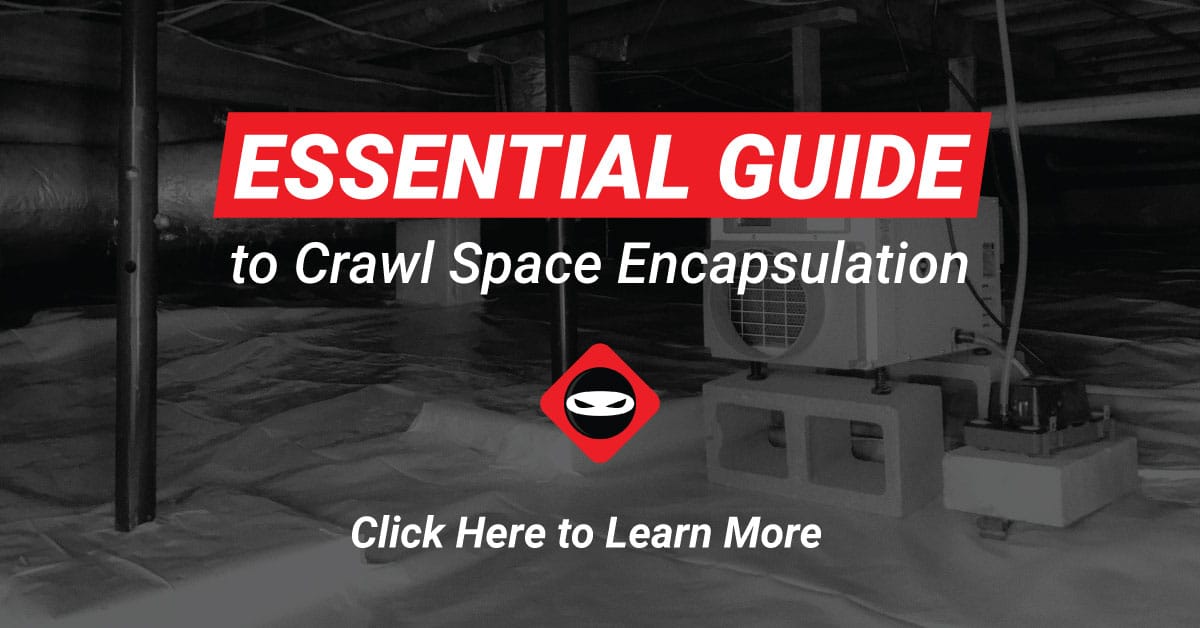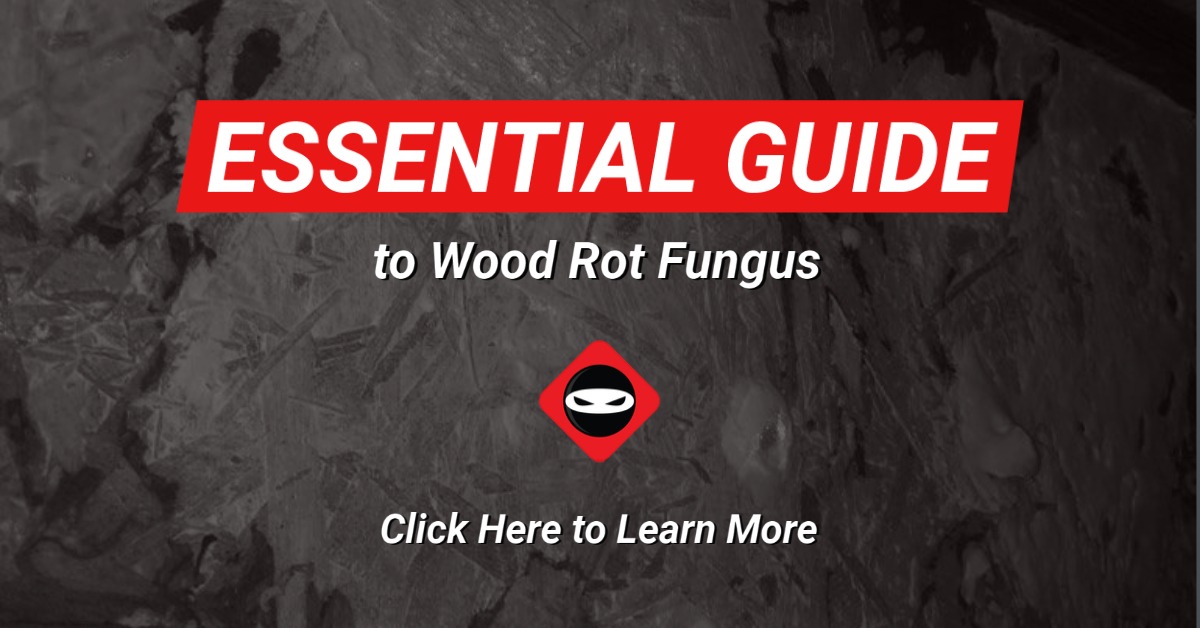I was recently doing research for a video about “What are VOCs” and was shocked at what I discovered. The regulation of non-VOC products for our homes is not what I thought it was. It seems the regulators are not looking out for my family’s best interest when it comes to VOCs in my home.
Why Non-VOC is Important
VOCs are volatile organic compounds that can affect air quality. Many of them can be harmful to us and our pets. So, the pursuit of non-VOC building products is a great way to protect our indoor air quality. Non-VOC products are also used by many consumers as a way to do their part for the protection of the environment. So, one would think that a non-VOC product would do both. Stop my home from being bombarded with toxic fumes and protect the environment, right?
Ready to find out more?
Drop us a line today for a free quote!
Does the EPA Regulate VOCs in Household Products?
The EPA (Environmental Protection Agency) does regulate some household products for VOCs according to the Clean Air Act (CAA). But the EPA only regulates those products to prevent their VOCs from creating ozone in outside air. Some chemicals that are considered toxic to humans and not produce ozone are exempt. This means that a product can carry the non-VOC label as long as it is not producing ozone in the air outside.
When we found out our children were on the way, we did like most new patents and remodeled a room into a nursery. We did everything we could to not expose our children to toxic chemicals, dust mites and mold. This included purchasing air purifiers and more expensive non-VOC paints. Wow, there is a good chance we got duped because who knows if the paint we purchased was actually no or low VOC in a way that was a benefit to us and our children.
This direct quote from the EPA.gov website says it all:
“In addition, the concept of lowering “total VOC” (TVOC) does not always assure safer products because the individual VOCs that make up TVOC can vary widely in their toxicity. While it is probably prudent to use products with lower VOC levels, it does not assure that the products are any better (and they may even be worse) than products with higher VOC levels.”
Read the entire article at: https://www.epa.gov/indoor-air-quality-iaq/does-epa-regulate-volatile-organic-compounds-vocs-household-products
VOC Testing
To achieve non-VOC levels in your home is probably impossible due to many of the pressed wood used in todays building materials and furniture. Creating an indoor environment that is healthy seems to be a desire many of use crave. We all want clean water to drink, clean air to breathe and food that is not contaminated with harmful pathogens. If you are concerned about your indoor air quality, seek a local industrial hygienist or home inspector that can test your home for VOCs. Many of them can also offer advice on next steps if your home has poor indoor air quality. You can test for VOCs on your own with a DIY VOC test. These DIY VOC Test devices typically only detect formaldehyde but it is a good place to start.
What Next?
Do you need help with mold removal, crawl space encapsulation, crawl space insulation, vapor barrier, waterproofing, or controlling humidity in your crawl space and you live in Georgia, Delaware, North Carolina, South Carolina, Tennessee, Ohio, or Kentucky? If so, please contact us to schedule your assessment. Also, let us know in the comments below if you have an idea for a new blog topic.
Perhaps you’d like to tackle your own crawl space repair. Visit our DIY Store.
Contact us if you need help fixing your crawl space or yard drainage by clicking here.
Learn about Crawl Space Ninja Franchise opportunities.
What is the Ideal Humidity Level?
It takes no effort for your home to become humid because high humidity outside chases low humidity inside. High humidity is often caused by indoor leaks and condensation. Excess humidity in the home can affect building materials, lead to mold, higher risk of virus and bacteria growth, and poor indoor air quality. High humidity can make you feel uncomfortable because your body is less able to sweat. The ideal humidity level is 45-55%. Above 60% allows mold and dust mite levels to grow rampant. Below 40% contributes to virus growth, respiratory infections, radon production, and asthma attacks.
We recommend taking steps now that are easier and less costly than addressing problems later. Install a dehumidifier and monitoring device in the basement, even if it’s waterproofed. The attic is typically dry, but can become humid with too much ventilation, poor insulation, a roof leak, or HVAC condensation. Try installing a water alarm in the HVAC drip pan located in the attic.
The garage can be a surprising source of humidity from outside and from HVAC units that can cause mold that enters the home. Keep the garage door closed when it’s not in use, install a dehumidifier, and air seal and insulate walls between the garage and living space.
In the crawl space, fix flooding and water intrusion, air seal vents and subfloor penetrations, properly install vapor barrier, and install a dehumidifier rated for the space (not a unit on wheels!).
The living space humidity can be controlled with a whole home dehumidifier. Installed the dehumidifier in-line with the HVAC and humidity readers to monitor wetter areas around the home. Does your crawl space need a Ninja?
Lucie Woolery, Owner, Crawl Space Ninja of NW Atlanta/Smyrna GA



